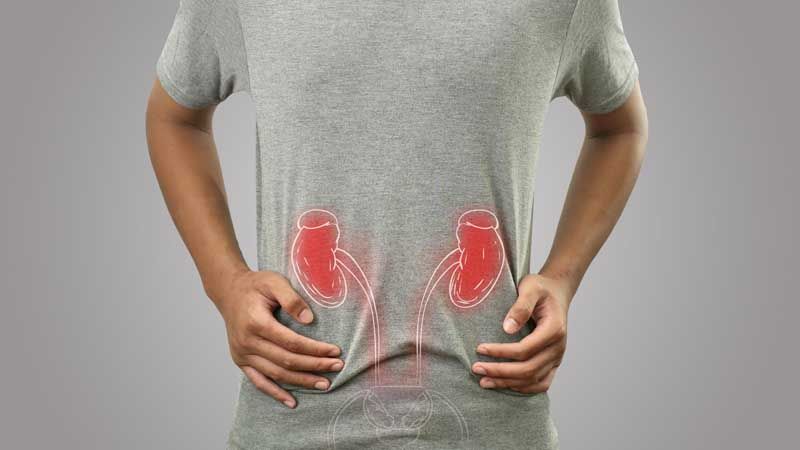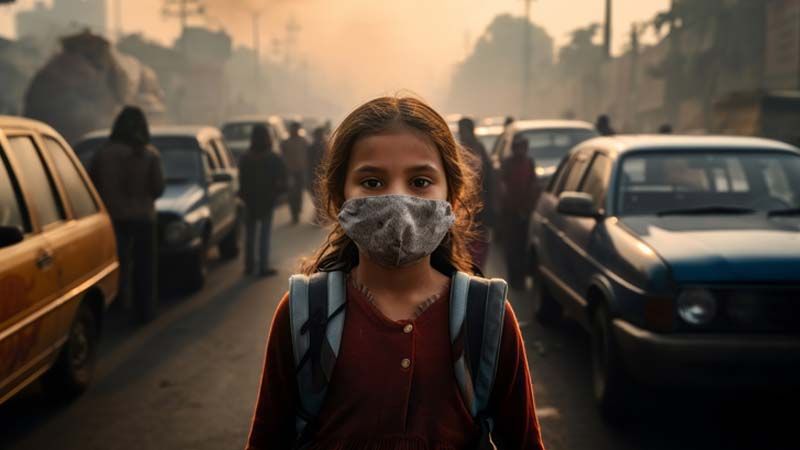New Teeth: A Milestone In Your Child’s Growth
- 9 months ago
Losing baby teeth and getting permanent ones is a significant milestone in a child’s life. For many children, a wobbly tooth can be a source of excitement, while for others, it may bring fear or confusion. As a parent, you may find yourself answering questions like, “Why is my tooth shaking?” or “Will it hurt when it falls out?” Some parents keep the magic alive by telling their child that the Tooth Fairy will visit while they sleep, leaving a small gift or coin in exchange for their lost tooth. No matter how you choose to explain it, understanding the process of tooth loss and regrowth can help you reassure and support your child during this natural transition.
The Journey of Baby Teeth: From Womb to Toddlerhood
Teeth development begins even before birth. A baby’s primary teeth, also known as milk teeth or baby teeth, start forming while they are still in the womb. However, they typically begin to emerge when the baby is between five and eight months old. The exact timing varies from child to child, with boys often teething slightly later than girls.
By the time a child reaches two to three years of age, they usually have a full set of 20 primary teeth. These teeth are divided into four incisors, two canines, and four molars in each jaw. The primary teeth play a crucial role in a child's ability to chew, speak, and maintain space for the permanent teeth that will eventually replace them.
The Transition: Losing Baby Teeth
The process of losing baby teeth generally starts around the age of six and continues until about 12 years old. The primary teeth loosen and fall out as the permanent teeth develop underneath and push them out. Typically, the first teeth to go are the lower central incisors, followed by the upper central incisors. Next, the lateral incisors come in, followed by the first molars, canines, and second molars.
At around the same time, the first permanent molars emerge at the back of the mouth. These teeth, often referred to as “six-year molars,” do not replace any baby teeth and serve as important anchors for the future arrangement of teeth.
The Full Set: Permanent Teeth Development
By the age of 13, most children have lost all their baby teeth and have a full set of 28 permanent teeth. However, the final set of adult teeth—the wisdom teeth or third molars—may not emerge until the late teens or even early twenties. In some cases, these teeth never come in at all, or they may require removal due to lack of space or improper alignment.
Dealing with Loose Teeth: How to Help Your Child
Losing baby teeth is usually a painless process, but it can sometimes cause mild discomfort. Some children may feel anxious about losing a tooth, while others may be eager to speed up the process. As a parent, you can help your child in the following ways:
- Encourage Gentle Wiggling: If a tooth is loose, encourage your child to gently wiggle it with their tongue or fingers. This helps loosen the tooth naturally and speeds up the shedding process.
- Avoid Forceful Removal: Do not pull out a tooth forcefully before it is ready. Pulling a tooth too early can cause pain, bleeding, and increase the risk of infection.
- Maintain Oral Hygiene: Brushing and flossing should continue as usual, even around loose teeth. Some children might avoid brushing the loose area due to discomfort, but it’s essential to keep the mouth clean to prevent infections and promote healthy gum tissue for the incoming teeth.
- Offer Soft Foods if Needed: If a loose tooth makes eating uncomfortable, offer softer foods like mashed potatoes, yogurt, or soup. Avoid very hard or sticky foods that might dislodge the tooth prematurely.
- Manage Minor Bleeding: If bleeding occurs when a tooth falls out, have your child rinse their mouth with warm water and gently bite down on a piece of gauze or a clean tissue.
The Double Row Phenomenon: Shark Teeth
Sometimes, a permanent tooth may begin to emerge before the baby tooth has fallen out, creating a temporary “double row” of teeth. This condition, often referred to as “shark teeth,” is common and usually resolves itself as the baby tooth eventually falls out. If the baby tooth remains in place for too long and prevents the permanent tooth from shifting into its correct position, a dentist may need to intervene.
Keeping New Teeth Healthy
Once the permanent teeth start coming in, it is essential to maintain good oral hygiene habits. Unlike baby teeth, permanent teeth are meant to last a lifetime, so taking care of them from the beginning is crucial.
- Establish a Brushing Routine: Teach your child to brush their teeth twice a day using fluoride toothpaste and a soft-bristled toothbrush.
- Introduce Flossing Early: Flossing helps remove plaque and food particles between teeth where a toothbrush cannot reach. Children should begin flossing as soon as their teeth come into contact with each other.
- Encourage a Healthy Diet: Limit sugary snacks and beverages, as they can contribute to cavities. Instead, offer tooth-friendly foods like cheese, nuts, and crunchy fruits and vegetables.
- Regular Dental Checkups: Schedule dental visits every six months to monitor the development of your child’s teeth and address any concerns early on.
- Consider Dental Sealants: Dental sealants are protective coatings applied to the chewing surfaces of molars to prevent cavities. Your child’s dentist can recommend if this preventive measure is suitable.
The Excitement of a New Smile
The transition from baby teeth to permanent teeth is a fascinating and important phase of childhood. While it can sometimes bring minor challenges, it also marks the growth of a child into a new stage of development. Embracing this change with excitement, whether through the magic of the Tooth Fairy or simple reassurance, can make the experience enjoyable and stress-free for both you and your child.
By fostering good dental habits early on, you help set the foundation for a lifetime of healthy, beautiful smiles. So, the next time your child excitedly wiggles a loose tooth or finds a new one emerging, celebrate this special moment with them—it’s a sign that they are growing up!








